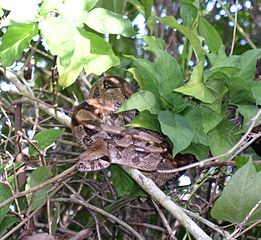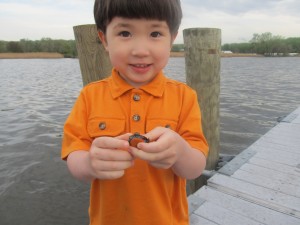Despite decades in the pet trade, the Boa Constrictor (Boa constrictor) remains one of the most popular of all reptilian pets. Unfortunately, the average Boa grows too large for many households, and cannot be safely handled by young or inexperienced keepers. A number of smaller relatives, such as the Rosy, Rubber and Sand Boas, are available in the trade, along with some of the “dwarf species (Bimini and Panamanian Dwarf Boas). However, for the true Boa Constrictor enthusiast, they do not “fit the bill”.
Fortunately, a number of dedicated snake breeders have focused on the unique populations of smaller Boa Constrictors that inhabit many Caribbean islands. Averaging only 4-5 feet when fully grown, these beautiful creatures are ideal choices for those seeking a large, but not giant, snake. More importantly, island-bound Boas offer hobbyists the chance to dabble in snake conservation. As all are restricted to tiny ranges, everything that we learn will be helpful in assuring their future survival.
 That Reptile Blog – Reptile, Amphibian and Exotic Pet Care and Information
That Reptile Blog – Reptile, Amphibian and Exotic Pet Care and Information





